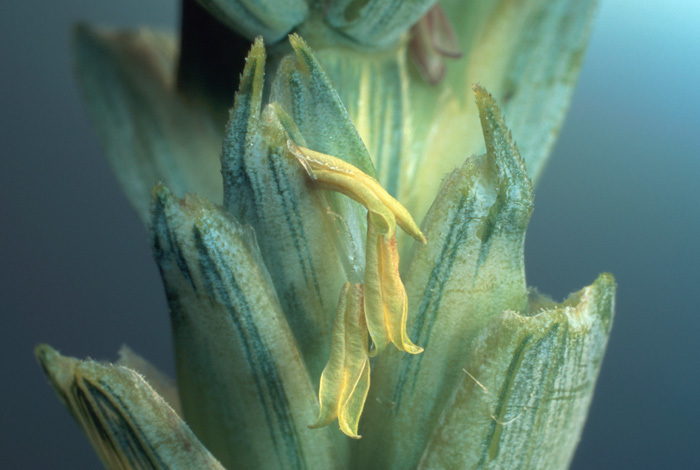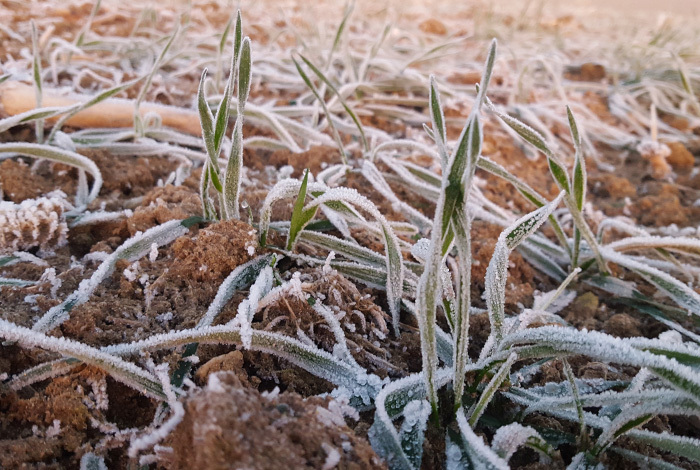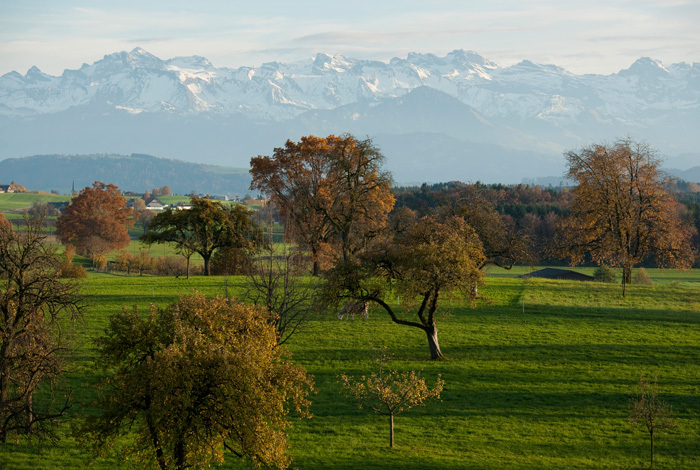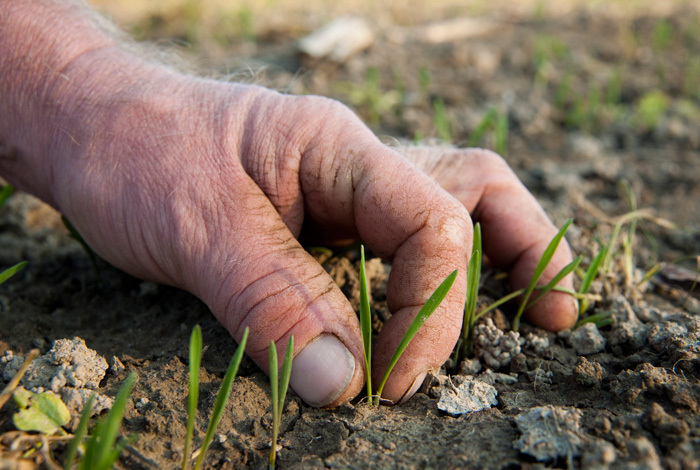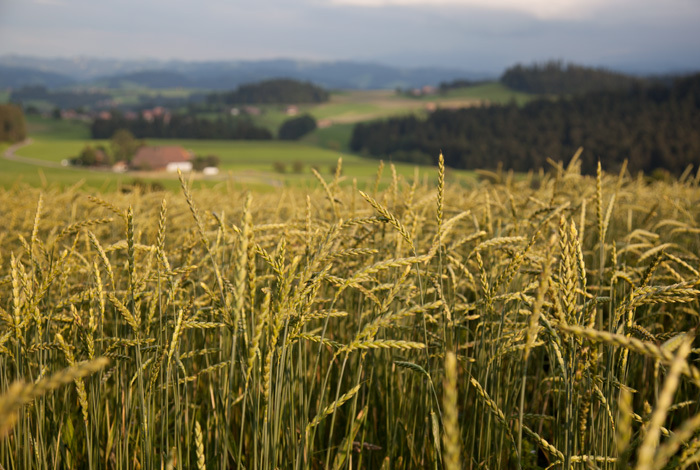PureSpelt - a natural organic grain
PureSpelt is very robust and thrives even in barren soil. When sowing, the grains are used complete with their husk. The husk protects against the cold, wet and drought, as well as against pests, but also against environmental toxins in the soil. As a pronounced winter grain, spelt is sowed between October and December. Thanks to its rapid early growth, it suppresses unwanted weeds and the strong, young spelt plant endures mechanical weed control using a harroweeder excellently. The strong root system provides the undemanding plant with adequate nutrients. So that even in poorly fertilised soils, good grains are formed. Spelt, which was so highly praised by Hildegard von Bingen, is almost impossible to change even with modern plant breeding methods. Of the spelt types that have been researched since 2000, there is not a single one that has a short, strong stem. The long stems of the spelt make it impossible to produce heavily fertilised, dense plant stands. The top-most leaves and the ears dry rapidly in the thinly populated stands. The disease pressure is slight and as a general rule it is not necessary to use agricultural pesticides. Hence PureSpelt is an ideal grain for organic farming.
